Home>Furniture & Design>Interior Design Trends>How To Remove Algae From A Fish Tank Glass
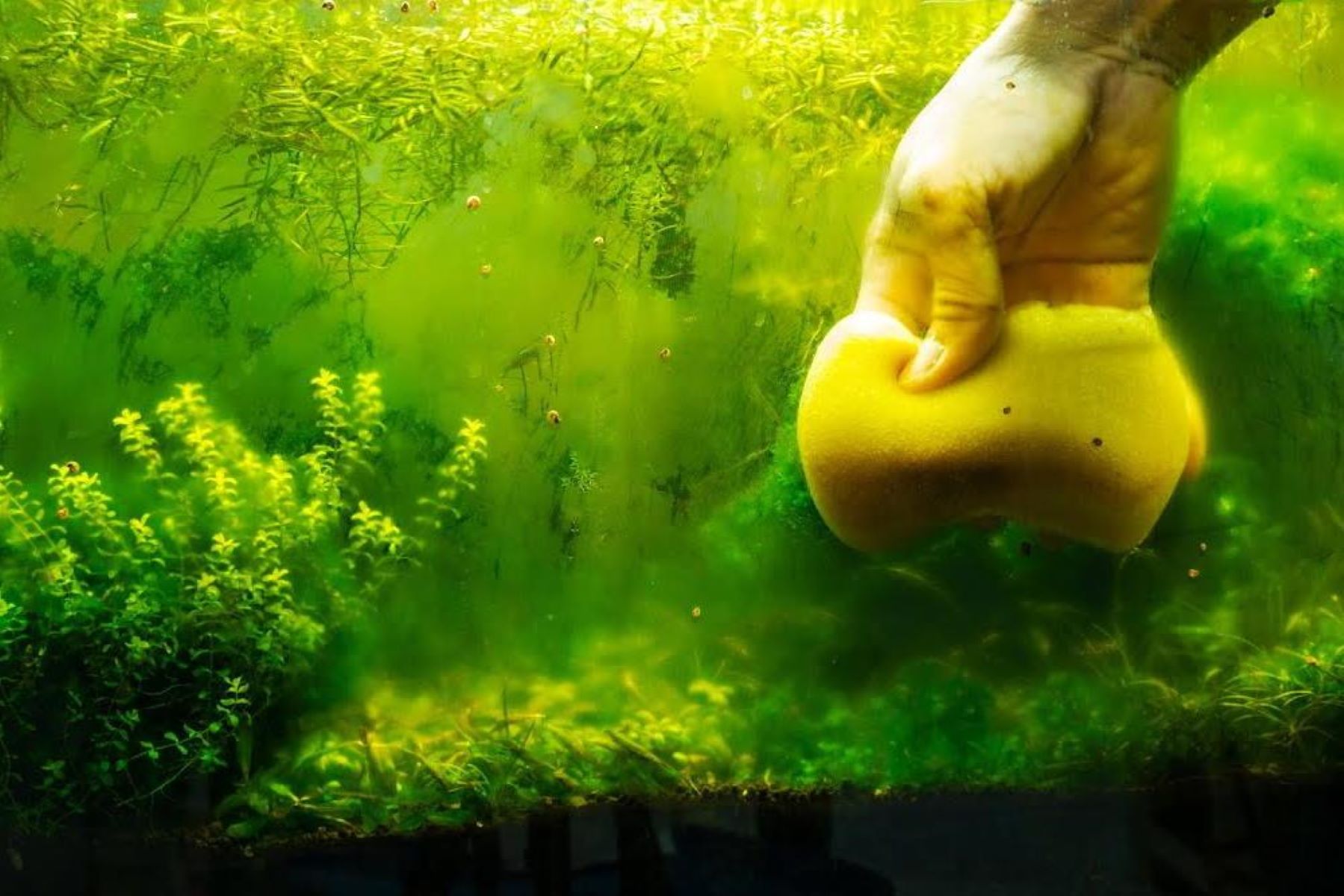

Interior Design Trends
How To Remove Algae From A Fish Tank Glass
Modified: March 6, 2024
Learn effective techniques for removing algae from your fish tank glass and maintaining a clean, healthy environment. Discover the latest interior design trends for aquariums.
(Many of the links in this article redirect to a specific reviewed product. Your purchase of these products through affiliate links helps to generate commission for Storables.com, at no extra cost. Learn more)
Introduction
Maintaining a clean and healthy environment for our aquatic companions is a top priority for any fish enthusiast. However, the presence of algae in fish tanks can be a persistent nuisance, detracting from the beauty of the underwater landscape and potentially posing a threat to the well-being of the tank's inhabitants. Algae growth not only clouds the glass, obstructing the view of the fish, but it can also deplete oxygen levels and release toxins into the water, compromising the delicate balance of the ecosystem.
As a responsible fish owner, it's essential to understand the nature of algae and how to effectively manage its presence in the aquarium. By gaining insight into the causes of algae growth and implementing proactive measures to combat it, we can ensure a pristine and thriving aquatic habitat for our finned friends.
In this comprehensive guide, we will delve into the intricacies of algae management, equipping you with the knowledge and practical steps needed to eradicate algae from your fish tank. From understanding the different types of algae to assembling the necessary tools and materials, we will cover every aspect of this essential maintenance task. Additionally, we will explore preventive strategies to minimize the recurrence of algae, empowering you to maintain a crystal-clear and healthy aquatic environment for your beloved fish.
Join us on this journey as we unravel the secrets to removing and preventing algae in fish tanks, allowing you to take proactive steps towards fostering a vibrant and flourishing underwater ecosystem.
Key Takeaways:
- Say goodbye to algae! Use the right tools and materials to remove algae from your fish tank, and keep your aquatic friends happy and healthy.
- Prevent algae from coming back by managing light, nutrients, and water circulation. With regular maintenance and proactive measures, you can maintain a beautiful and thriving underwater world for your fish.
Read more: How To Clean Fish Tank Glass
Understanding Algae in Fish Tanks
Algae, a diverse group of photosynthetic organisms, are a common sight in fish tanks and aquatic environments. These simple, plant-like organisms thrive in the presence of light, water, and nutrients, making them a persistent challenge for fish tank enthusiasts. Understanding the nature of algae is crucial in effectively managing its growth and maintaining a pristine aquatic habitat for our finned companions.
Types of Algae
Algae come in various forms, each with its distinct characteristics and appearance. The most common types found in fish tanks include:
-
Green Algae: This type of algae is often the first to appear in a new aquarium. It forms as a green film on the glass, decorations, and substrate, giving the tank a murky appearance if left unchecked.
-
Brown Algae (Diatoms): Recognized by its brownish hue, brown algae typically appear in newly established tanks or those with low light levels. It often coats the glass and surfaces with a fine layer, creating an unsightly and dull look.
-
Blue-Green Algae (Cyanobacteria): Despite its name, blue-green algae are not true algae but rather a type of bacteria. It forms slimy, blue-green mats on surfaces and can release toxins, posing a threat to the overall health of the aquarium.
-
Brush Algae (Black Beard Algae): This type of algae appears as dark, bristly tufts on surfaces such as rocks, driftwood, and plant leaves. Its resilient nature makes it a persistent challenge to eradicate.
Causes of Algae Growth
Algae thrive under specific conditions, and understanding the factors that contribute to their growth is essential in combating their presence. Common causes of algae growth in fish tanks include:
-
Excessive Light: Overexposure to light, particularly sunlight or prolonged artificial lighting, can fuel algae growth. It's crucial to regulate the duration and intensity of light to prevent algae proliferation.
-
Nutrient Imbalance: An excess of nutrients, such as nitrates and phosphates, can serve as a catalyst for algae growth. Regular water testing and proper nutrient management are vital in maintaining a balanced aquatic environment.
-
Poor Water Circulation: Stagnant water provides an ideal environment for algae to flourish. Adequate filtration and water movement help prevent the buildup of algae-promoting conditions.
By gaining insight into the different types of algae and the factors that contribute to their growth, fish tank enthusiasts can develop targeted strategies to effectively manage and prevent algae in their aquatic ecosystems.
Tools and Materials Needed
To effectively remove algae from a fish tank, it's essential to gather the appropriate tools and materials. Equipping yourself with the right resources will streamline the algae removal process and ensure thorough cleaning without causing disruption to the aquatic environment. Here's a comprehensive list of the essential tools and materials needed for this task:
Read more: How To Remove Green Algae From Decking
Tools:
-
Algae Scraper: A reliable algae scraper or cleaning pad designed specifically for aquarium use is indispensable for removing algae from the glass surfaces without causing scratches or damage.
-
Gravel Vacuum: This essential tool serves a dual purpose by facilitating the removal of algae and debris from the substrate while performing partial water changes. It helps maintain a clean and healthy environment for the fish.
-
Aquarium Scrubbing Brush: A soft-bristled aquarium scrubbing brush is ideal for tackling stubborn algae growth on decorations, rocks, and other tank surfaces. It allows for gentle yet effective scrubbing without harming the aquatic ecosystem.
-
Bucket: A clean bucket dedicated to aquarium maintenance is necessary for collecting debris and water during the cleaning process. It's important to reserve this bucket solely for aquarium use to prevent contamination.
-
Algae Magnet Cleaner: An algae magnet cleaner, consisting of an inner and outer magnet, provides a convenient and efficient way to clean algae from the glass without getting your hands wet. It's a valuable tool for routine maintenance and spot cleaning.
Materials:
-
Clean Water: Having access to clean, dechlorinated water is crucial for rinsing and refilling the tank after algae removal. It's essential to maintain the water quality throughout the cleaning process.
-
Algae Scraper Pads: Stock up on algae scraper pads or cleaning cloths designed for aquarium use. These pads are specifically formulated to remove algae without leaving streaks or residues on the glass.
-
Algae-Controlling Solutions: Consider using algae-controlling solutions or treatments that are safe for fish and plants. These products can help prevent future algae growth and aid in maintaining a balanced aquatic ecosystem.
-
Gloves: Wearing disposable gloves during the cleaning process helps protect your hands from coming into direct contact with algae and cleaning solutions. It also prevents the transfer of oils and contaminants from your skin to the aquarium.
By assembling these essential tools and materials, you'll be well-prepared to tackle algae removal from your fish tank effectively and efficiently. This comprehensive arsenal equips you to maintain a pristine and visually appealing aquatic environment while safeguarding the well-being of your aquatic companions.
Step-by-Step Guide to Removing Algae
Removing algae from a fish tank requires a systematic approach to ensure thorough cleaning while minimizing disruption to the aquatic ecosystem. Follow these step-by-step guidelines to effectively eradicate algae and restore the pristine condition of your aquarium:
1. Preparation
Before initiating the algae removal process, ensure that all necessary tools and materials are readily available. Turn off any aquarium equipment, such as filters and heaters, to prevent interference during the cleaning process. It's crucial to maintain a stable water temperature to minimize stress on the fish.
Read more: How To Make Fish Tank At Home Without Glass
2. Partial Water Change
Begin by performing a partial water change to reduce the nutrient levels and dilute any accumulated algae-releasing compounds in the water. Use a gravel vacuum to siphon debris and waste from the substrate while replacing the extracted water with clean, dechlorinated water. This step helps improve water quality and creates a conducive environment for the subsequent cleaning tasks.
3. Algae Removal from Glass
Utilize an algae scraper or algae magnet cleaner to gently remove algae from the glass surfaces of the aquarium. Start from the top and work your way down, using smooth, overlapping strokes to ensure comprehensive coverage. Exercise caution to avoid dislodging or disturbing the fish and decorations within the tank.
4. Addressing Decorations and Substrate
For decorations and substrate covered with algae, employ a soft-bristled aquarium scrubbing brush to gently dislodge the algae without causing damage. Take care to avoid uprooting plants or displacing decorative elements while thoroughly scrubbing the affected areas. Use the gravel vacuum to remove dislodged algae and debris from the substrate.
5. Spot Cleaning
Inspect the aquarium for any remaining traces of algae, particularly in hard-to-reach areas and crevices. Employ an algae scraper pad or cleaning cloth to perform targeted spot cleaning, ensuring that all surfaces are free from algae buildup. Pay attention to intricate details and hidden spots where algae may persist.
Read more: How To Remove Algae From A Water Fountain
6. Final Inspection and Water Quality Check
After completing the algae removal process, conduct a final inspection to ensure that the aquarium surfaces are clean and free from algae. Test the water parameters, including pH, ammonia, nitrite, and nitrate levels, to verify optimal water quality. Make any necessary adjustments to maintain a balanced aquatic environment.
7. Preventive Measures
Implement preventive measures, such as regulating light exposure, managing nutrient levels, and incorporating algae-controlling solutions, to minimize the likelihood of future algae growth. Consistent maintenance and proactive strategies are essential for sustaining a clean and healthy aquatic habitat for your fish.
By following this comprehensive step-by-step guide, you can effectively remove algae from your fish tank and uphold a visually stunning and thriving aquatic environment for your beloved fish.
Preventing Algae Build-Up
Preventing the recurrence of algae build-up is a proactive endeavor that involves implementing strategic measures to maintain a pristine and balanced aquatic environment. By addressing the underlying factors that contribute to algae growth, fish tank enthusiasts can effectively minimize the likelihood of algae proliferation and sustain a visually appealing habitat for their aquatic companions.
Regulating Light Exposure
Proper management of light exposure is paramount in preventing algae build-up. Consider implementing a consistent lighting schedule that aligns with the natural day-night cycle. Utilize a timer to control the duration and intensity of light, ensuring that the aquarium receives adequate but not excessive illumination. By regulating light exposure, you can inhibit the overstimulation of algae growth and maintain a harmonious balance within the aquatic ecosystem.
Read more: How To Remove Algae From Patio Furniture
Nutrient Management
Maintaining optimal nutrient levels is essential for preventing algae overgrowth. Regular water testing allows for the monitoring of nitrate, phosphate, and other nutrient levels in the aquarium. Implementing a nutrient-controlled feeding regimen for fish and plants helps prevent the accumulation of excess nutrients that can fuel algae growth. Additionally, consider incorporating live plants that actively compete for nutrients, further aiding in the prevention of algae proliferation.
Adequate Filtration and Water Circulation
Efficient filtration and adequate water circulation play a crucial role in preventing stagnant conditions that promote algae growth. Invest in a high-quality filtration system that effectively removes debris and waste while promoting water movement. Strategic placement of powerheads or circulation pumps helps prevent dead spots and maintains uniform water flow, reducing the likelihood of algae accumulation in low-flow areas.
Regular Maintenance and Cleaning
Consistent and thorough aquarium maintenance is key to preventing algae build-up. Regularly remove debris, uneaten food, and decaying organic matter to minimize the release of nutrients that can fuel algae growth. Perform routine water changes to maintain optimal water quality and dilute any accumulated algae-promoting compounds. Additionally, conduct periodic cleaning of aquarium surfaces and decorations to prevent the establishment of algae colonies.
Algae-Controlling Solutions
Consider utilizing algae-controlling solutions that are safe for fish and plants to proactively inhibit algae growth. These solutions, when used in accordance with manufacturer guidelines, can help maintain a balanced aquatic environment by impeding the proliferation of algae. However, it's essential to exercise caution and carefully follow dosage instructions to prevent any adverse effects on the aquarium's inhabitants.
By incorporating these preventive measures into your aquarium maintenance routine, you can effectively mitigate the risk of algae build-up and sustain a visually stunning and thriving aquatic habitat for your fish. Consistent vigilance and proactive strategies are instrumental in preserving the pristine condition of the aquarium while fostering a healthy and harmonious environment for its inhabitants.
Read more: How To Remove Green Algae From Outdoor Rug
Conclusion
In conclusion, the successful management of algae in fish tanks is a multifaceted endeavor that demands a combination of understanding, proactive measures, and diligent maintenance. By comprehending the nature of algae, including its various types and the factors that contribute to its growth, fish tank enthusiasts can develop targeted strategies to effectively combat its presence. The step-by-step guide to removing algae provides a systematic approach to eradicating algae from the aquarium while minimizing disruption to the aquatic ecosystem. Additionally, the preventive measures outlined offer proactive strategies to inhibit the recurrence of algae build-up, ensuring a visually stunning and thriving aquatic habitat for the fish.
It is crucial to recognize that the presence of algae in fish tanks is not solely a cosmetic concern but also a reflection of the overall health and balance of the aquatic environment. Therefore, proactive algae management is integral to sustaining a harmonious ecosystem that promotes the well-being of the fish and other aquatic inhabitants. By regulating light exposure, managing nutrient levels, maintaining adequate filtration, and incorporating algae-controlling solutions, fish tank enthusiasts can proactively mitigate the risk of algae proliferation and maintain a pristine aquatic habitat.
Furthermore, the comprehensive arsenal of tools and materials, including algae scrapers, aquarium scrubbing brushes, and algae-controlling solutions, equips fish tank enthusiasts to address algae-related challenges effectively. The emphasis on regular maintenance, partial water changes, and thorough cleaning underscores the importance of consistent vigilance in preserving the cleanliness and visual appeal of the aquarium.
Ultimately, the successful removal and prevention of algae in fish tanks contribute to the creation of a captivating underwater landscape that not only showcases the beauty of the fish but also fosters a thriving and balanced aquatic ecosystem. By implementing the insights and strategies presented in this guide, fish tank enthusiasts can embark on a journey towards maintaining a visually stunning, algae-free environment that serves as a testament to their dedication to the well-being of their aquatic companions.
Frequently Asked Questions about How To Remove Algae From A Fish Tank Glass
Was this page helpful?
At Storables.com, we guarantee accurate and reliable information. Our content, validated by Expert Board Contributors, is crafted following stringent Editorial Policies. We're committed to providing you with well-researched, expert-backed insights for all your informational needs.
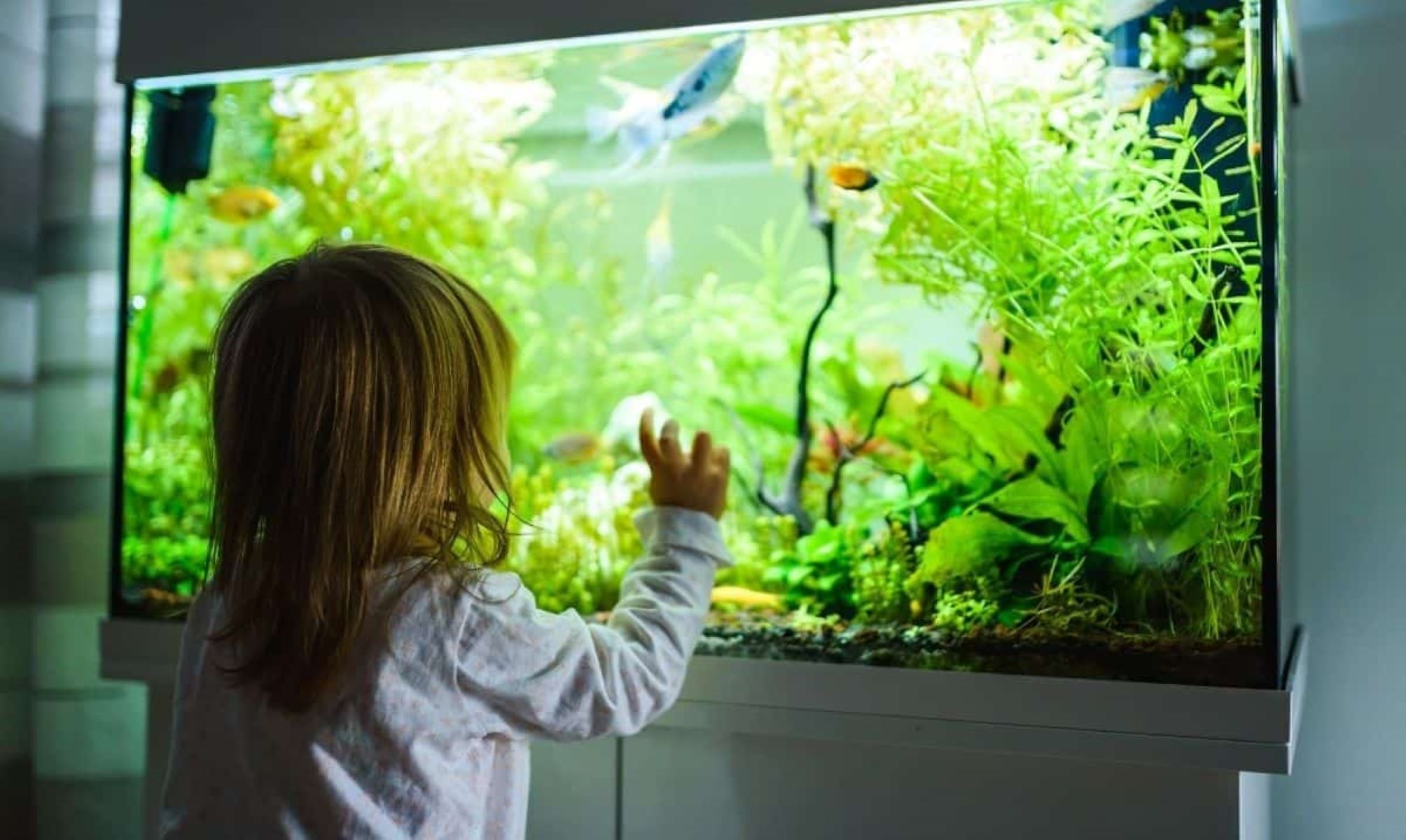
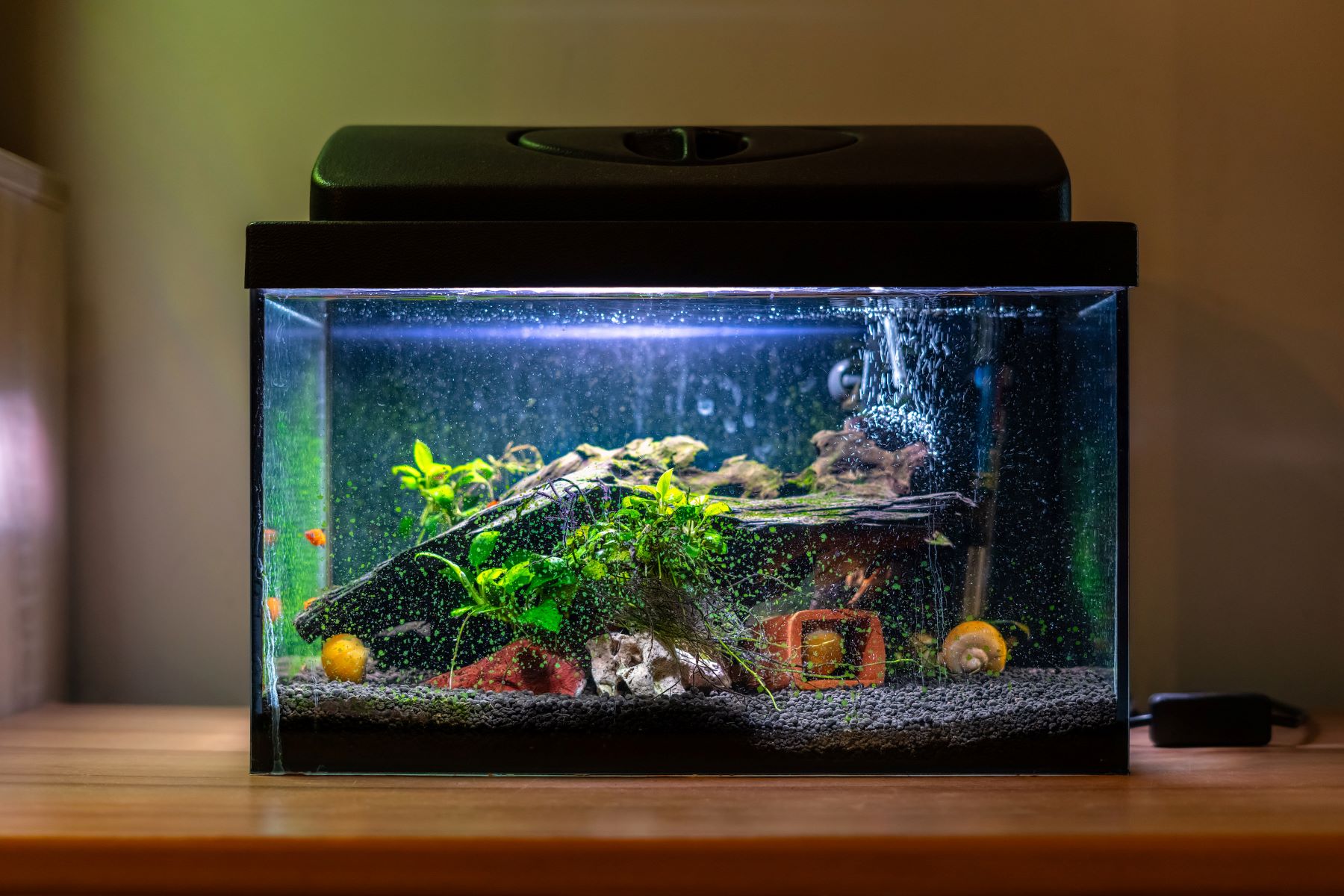
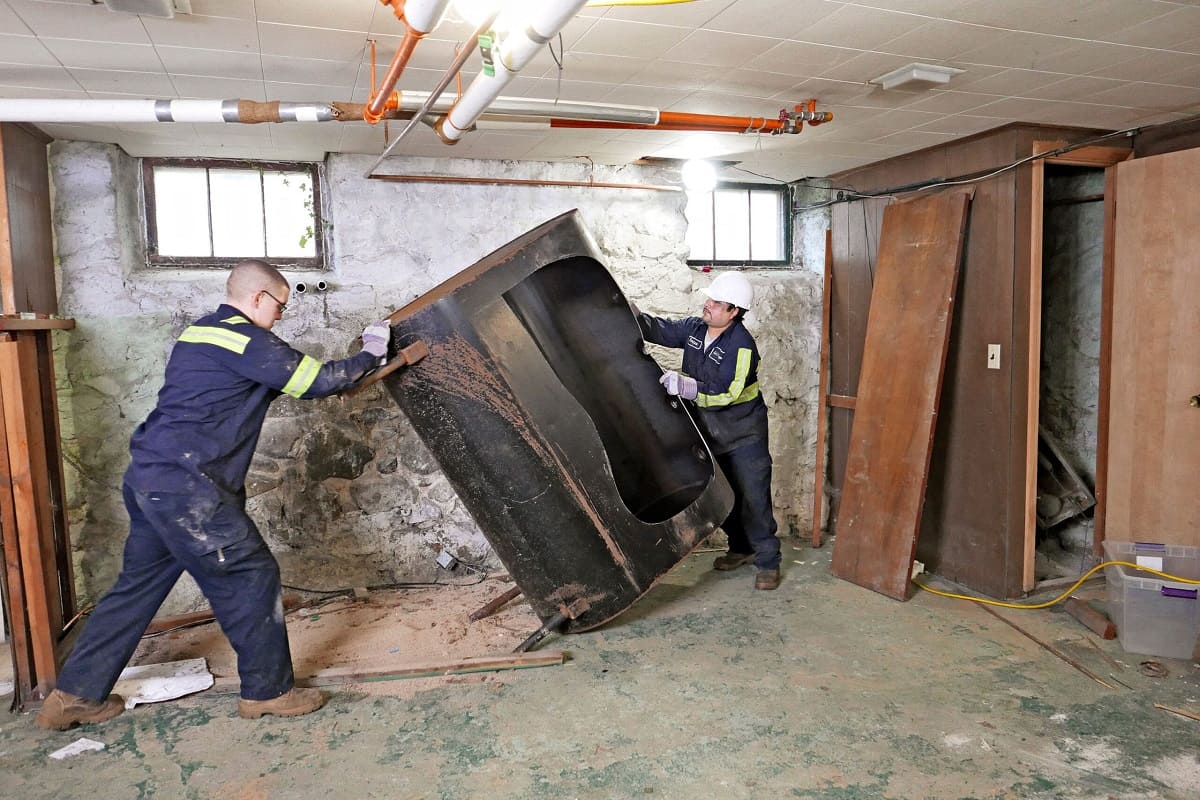

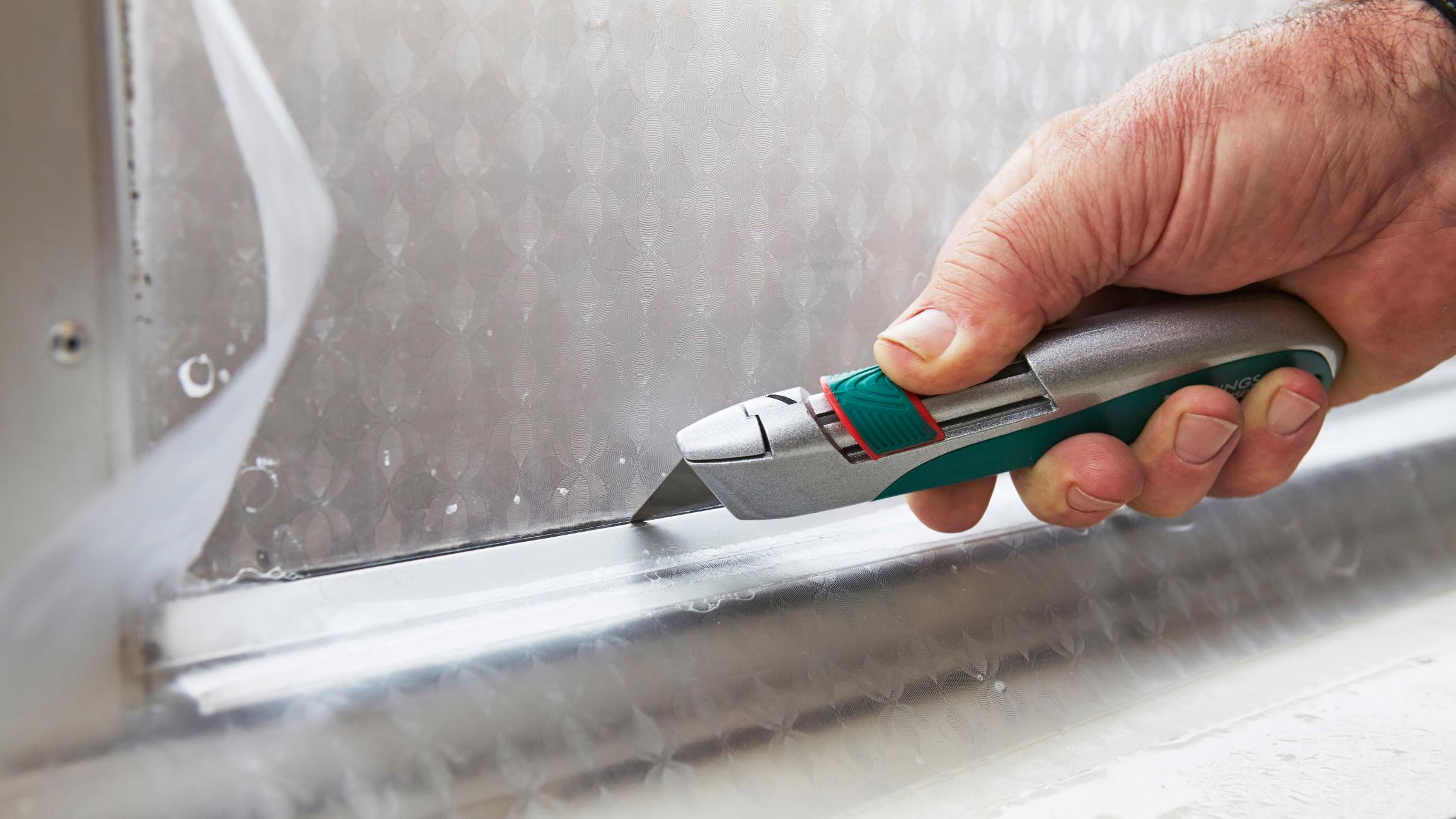
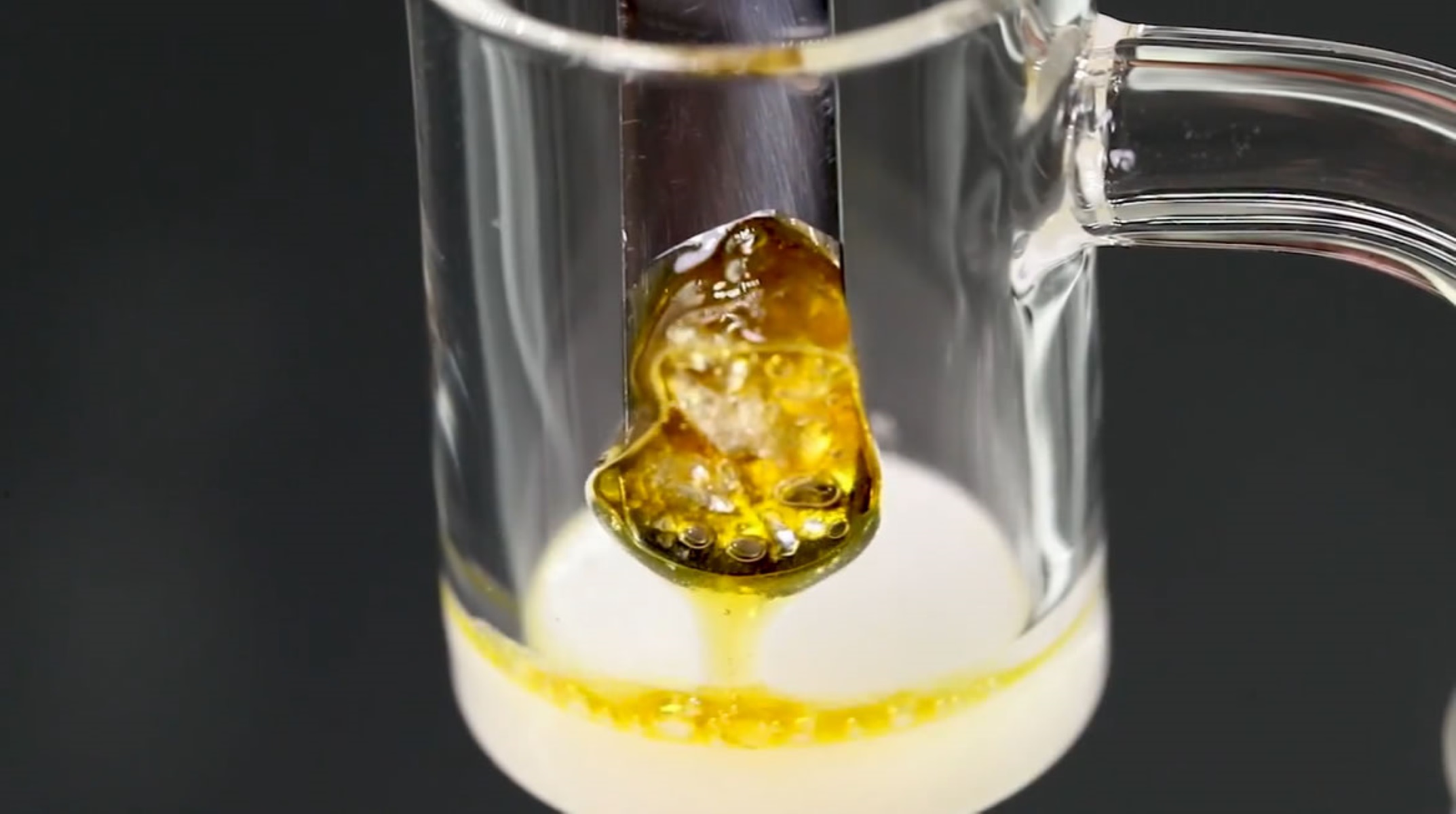

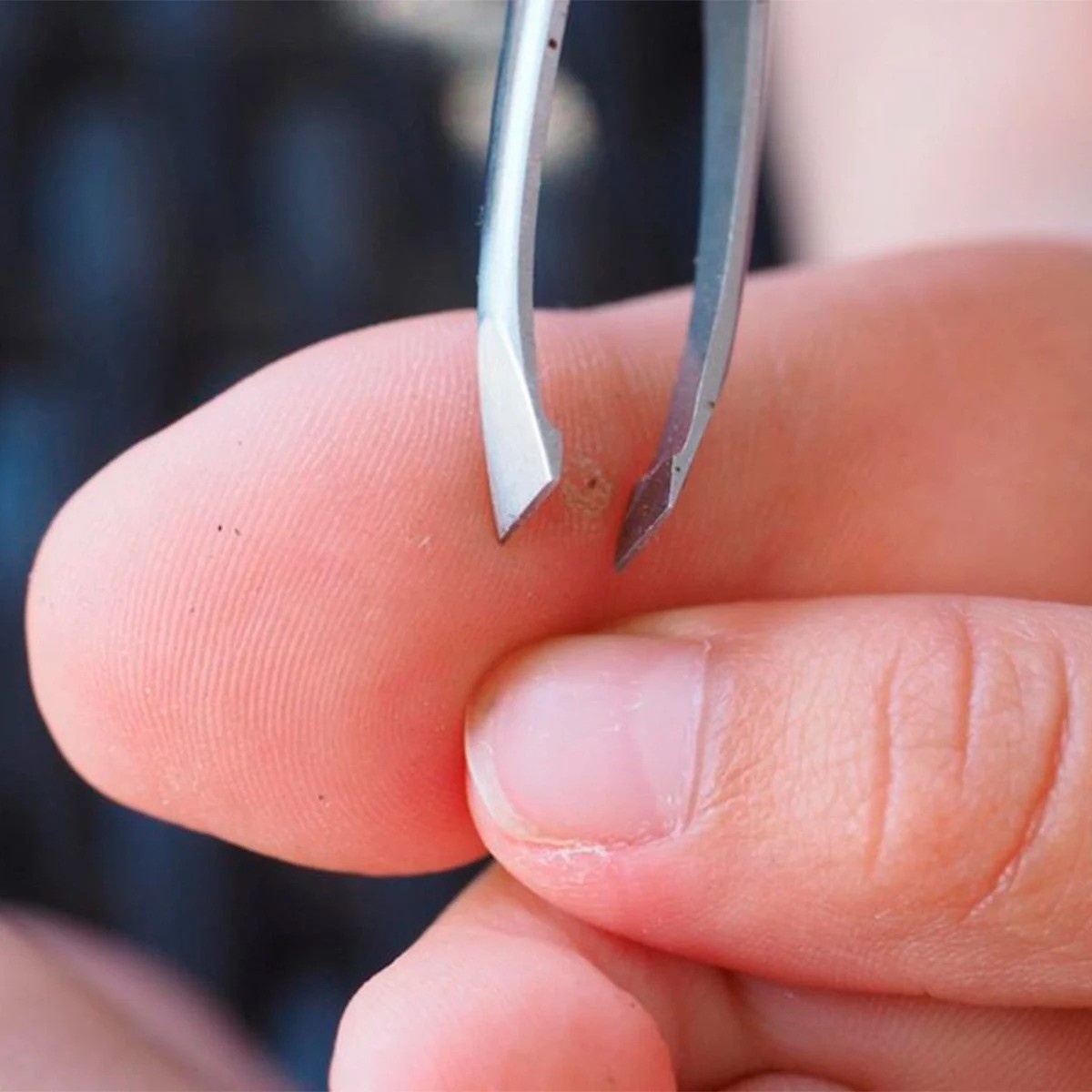
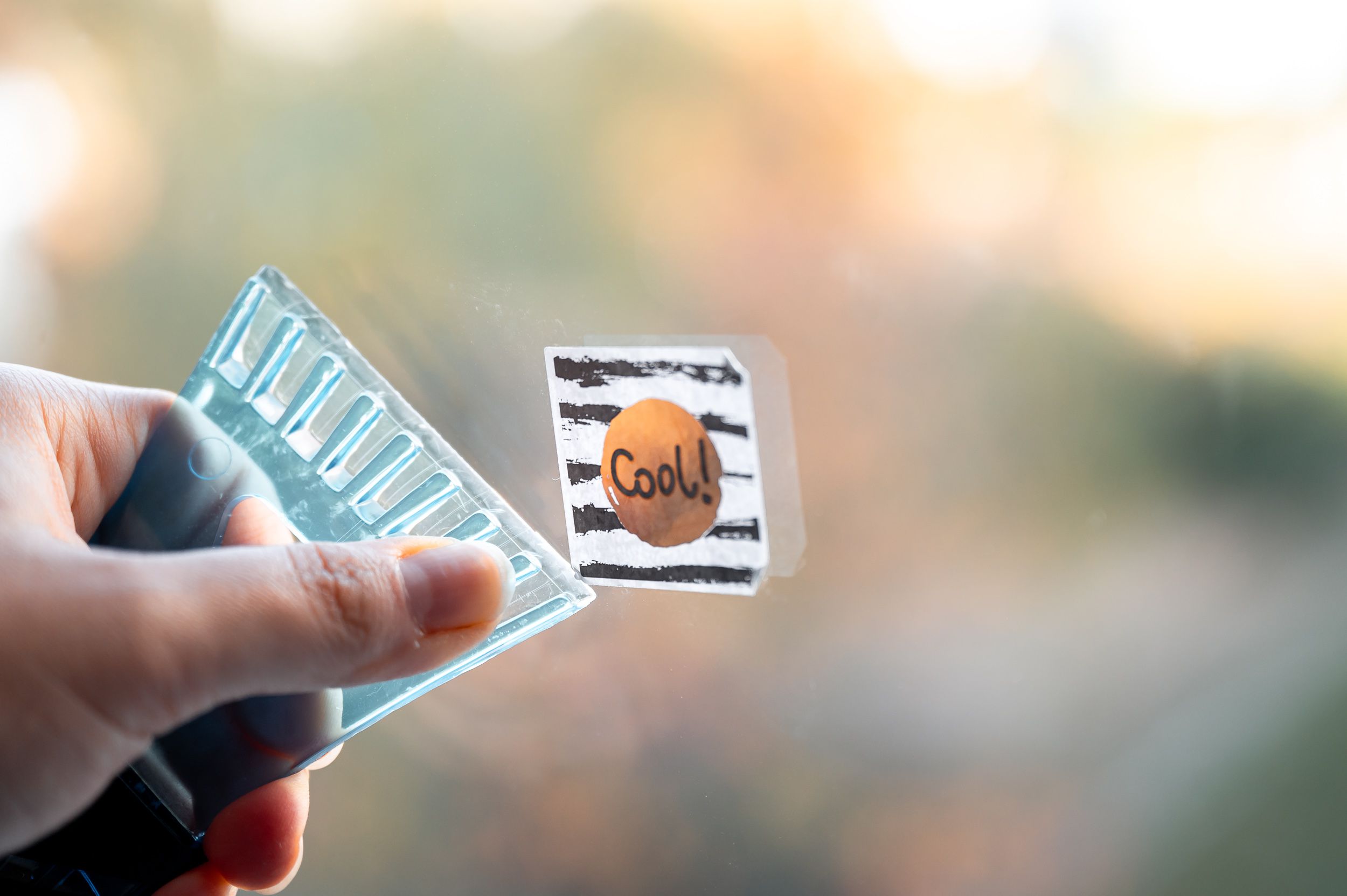
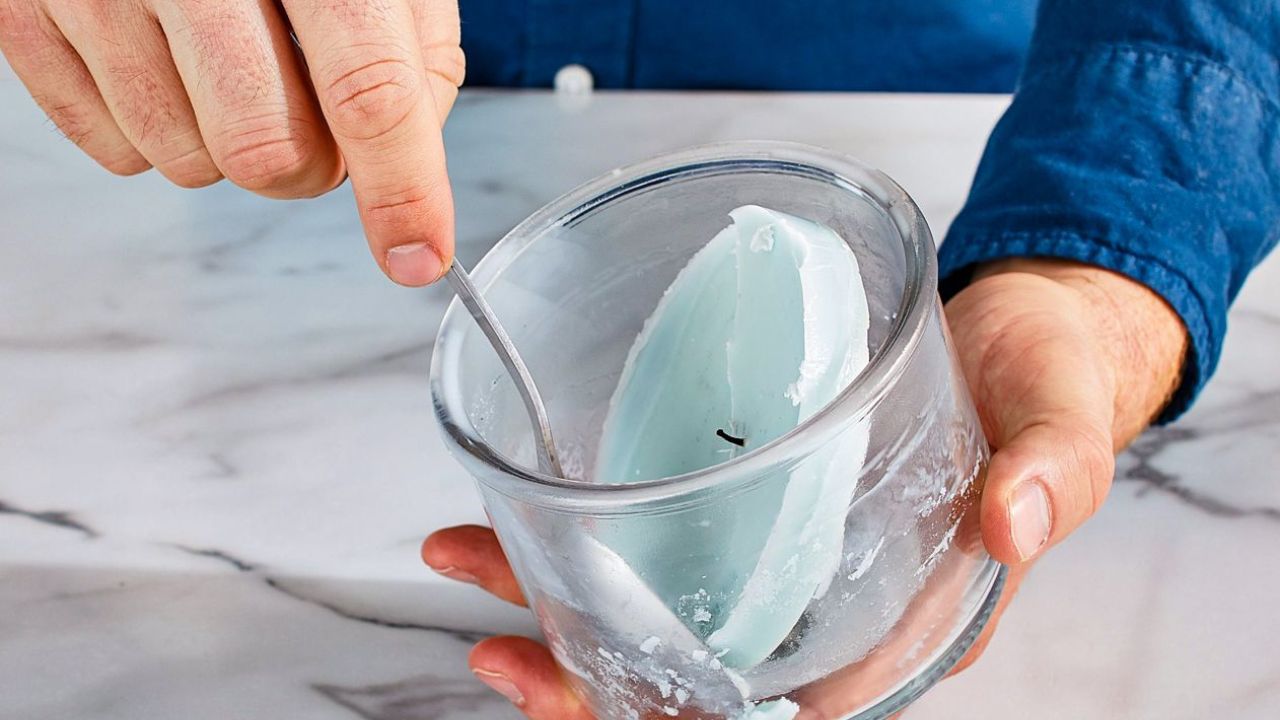

0 thoughts on “How To Remove Algae From A Fish Tank Glass”